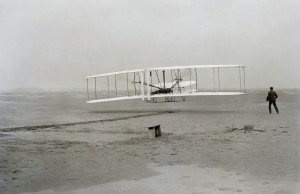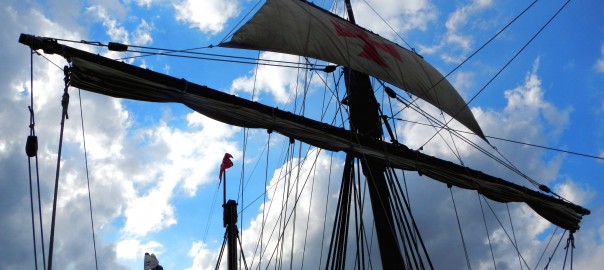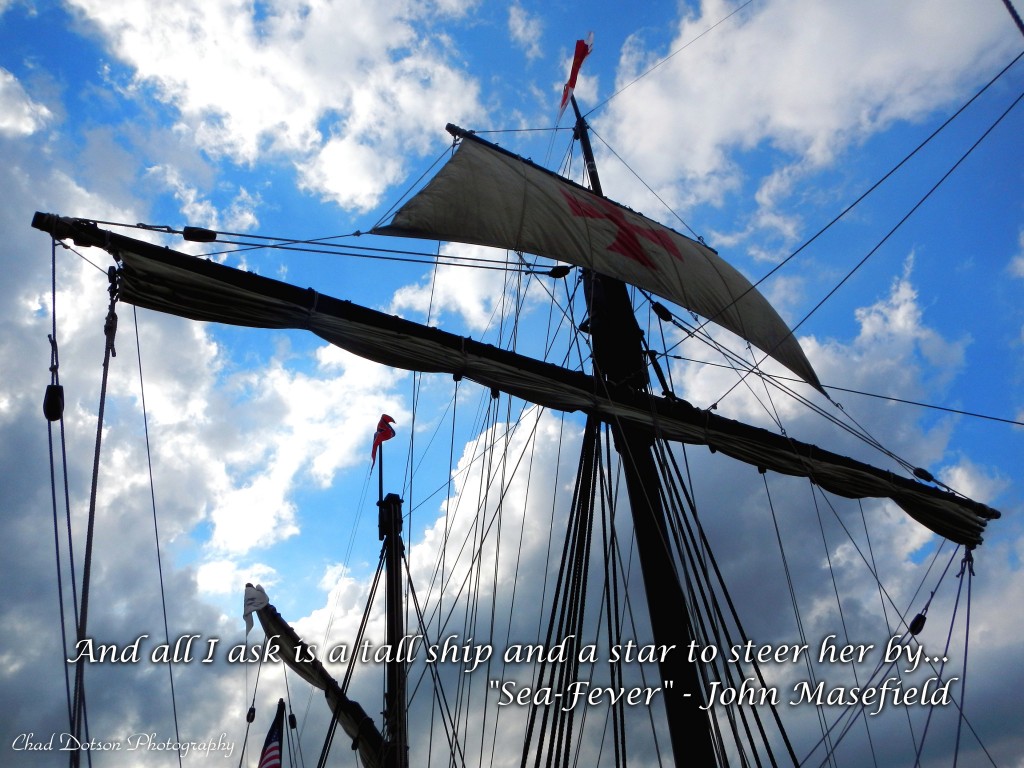This post started from a comment I made on facebook about the “Volocopter” story on CNN. At the time my comment was “Why does this look like something from the early days of flight?” That it turns out is a very good question and an even better follow-up, “Aren’t we in the early days of [motorized, human] flight?”About 50,000 years ago, humans reached what is called behavioral modernity[1], “the point at which Homo sapiens began to demonstrate an ability to use complex symbolic thought and express cultural creativity”[2]. I think that is the reference point I will use for this post. Am I leaving something out? You bet, a heck of a lot in fact. Another reference point I considered using was the control of fire by homo-erectus 400,000 years ago[3]. I ultimately decided on using the data of behavioral modernity because even after tens of thousands of years separating, those humans are us both anatomically and behaviorally. We’ll use this timeline of “modern humanity” throughout this post.
So back to the topic of the post: “Aren’t we in the early days of [motorized, human] flight?” I believe the answer is a very resounding “yes.” If we think about history of boat/shipbuilding, I believe can get a feeling for how new it is.
Let us compare two examples of what humans have created at the endpoint’s of “modern humanity.” At between 9,523 and 10,053 years old the Pesse Canoe is thought to be the world’s oldest boat[3]. The Pesse Canoe is a simple, dugout canoe discovered in the Netherlands. Fast-forward approximately 10,000 years to the USS Gerald R. Ford (CVN-78) slated to launch in 2015[4] which will be the most advanced ship built by human-kind at the time of its launch. We, all to often find ourselves bounded by the technological achievements since the beginning of the space race, but that’s 10,000 years of well-earned technological achievements. I’m sure that somewhere here there is a Moore’s Law of human ability (I say ability because I don’t feel intelligence nor ingenuity to be the right word). That ability is based on what knowledge we have gained up to that point in time.
So now that we’ve talked human technological advances in boat/ship building, let us think about what brought us here, human flight. Rudimentary usage of the science (understood or not) behind flight have been understood for anywhere between 2,000 and 2,500 years[6] but it wasn’t until Leonardo da Vinci’s drawings in the late 1400’s that humanity really started showing an understanding of the concepts behind flight. For the most part, Leonardo’s best flight related discoveries were because he studied and tried to copy nature. While successful attempts in winged human flight have been made as far back as the first millennium AD, it was 1903 when the Wright Brothers (credited) finally achieved winged, motorized flight. In the 110 years since we have constructed advanced aircraft such as the Airbus A380.
As it turns out, there are a lot of significant inventions marking the timeline of human creations. So much so I believe it is necessary to add “when a technology becomes useful” as a simplifying assumption to my statement. Under that premise, our current capability in shipbuilding is based on 10,000 years of progressive technological advances and while our current capability in motorized flight is based on the culmination of thousands of years of technological advancement, its only been 110 years since we put it all together. So, the answer is yes, we are in the early days of motorized, human flight.
Disclaimer: I am a computer scientist not a writer or history scholar. This post is a collection of what I believe and what I’ve put together from the internet.
References:
- “Behavioral modernity.” Wikipedia: The Free Encyclopedia. Wikimedia Foundation, Inc., date last updated (8 November 2013). Web. Date accessed (27 November 2013). http://en.wikipedia.org/wiki/Behavioral_modernity
- “Human.” Wikipedia: The Free Encyclopedia. Wikimedia Foundation, Inc., date last updated (26 November 2013). Web. Date accessed (27 November 2013). http://en.wikipedia.org/wiki/Human
- “Control of fire by early humans.” Wikipedia: The Free Encyclopedia. Wikimedia Foundation, Inc., date last updated (24 November 2013). Web. Date accessed (27 November 2013). http://en.wikipedia.org/wiki/Control_of_fire_by_early_humans
- “Pesse canoe.” Wikipedia: The Free Encyclopedia. Wikimedia Foundation, Inc., date last updated (27 February 2013). Web. Date accessed (27 November 2013). http://en.wikipedia.org/wiki/Pesse_canoe
- “USS Gerald R. Ford (CVN-78).” Wikipedia: The Free Encyclopedia. Wikimedia Foundation, Inc., date last updated (22 February 2013). Web. Date accessed (27 November 2013). http://en.wikipedia.org/wiki/USS_Gerald_R._Ford_%28CVN-78%29
- “History of aviation.” Wikipedia: The Free Encyclopedia. Wikimedia Foundation, Inc., date last updated (24 February 2013). Web. Date accessed (27 November 2013). http://en.wikipedia.org/wiki/History_of_aviation
- “Early flying machines.” Wikipedia: The Free Encyclopedia. Wikimedia Foundation, Inc., date last updated (27 February 2013). Web. Date accessed (27 November 2013). http://en.wikipedia.org/wiki/Early_flying_machines



